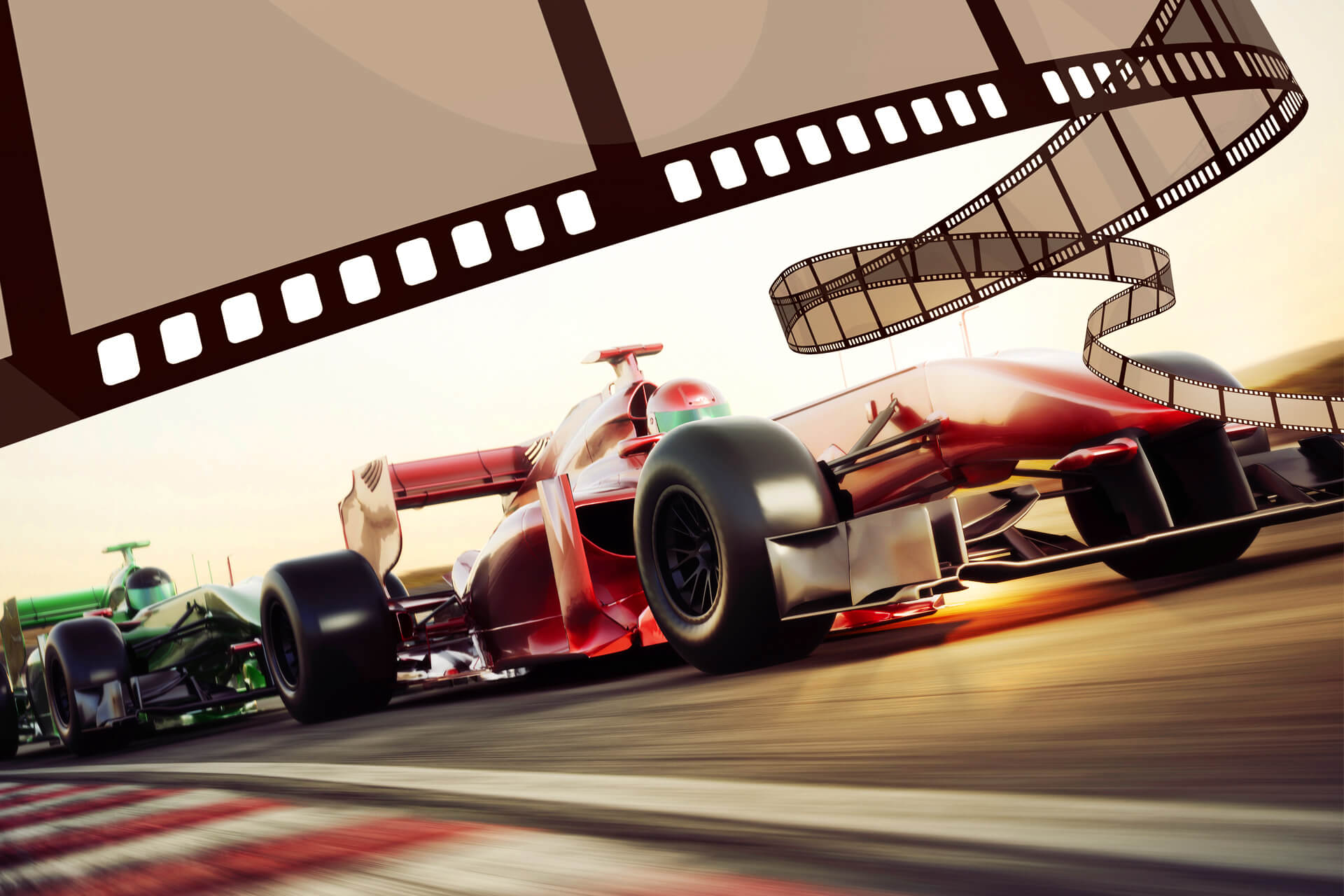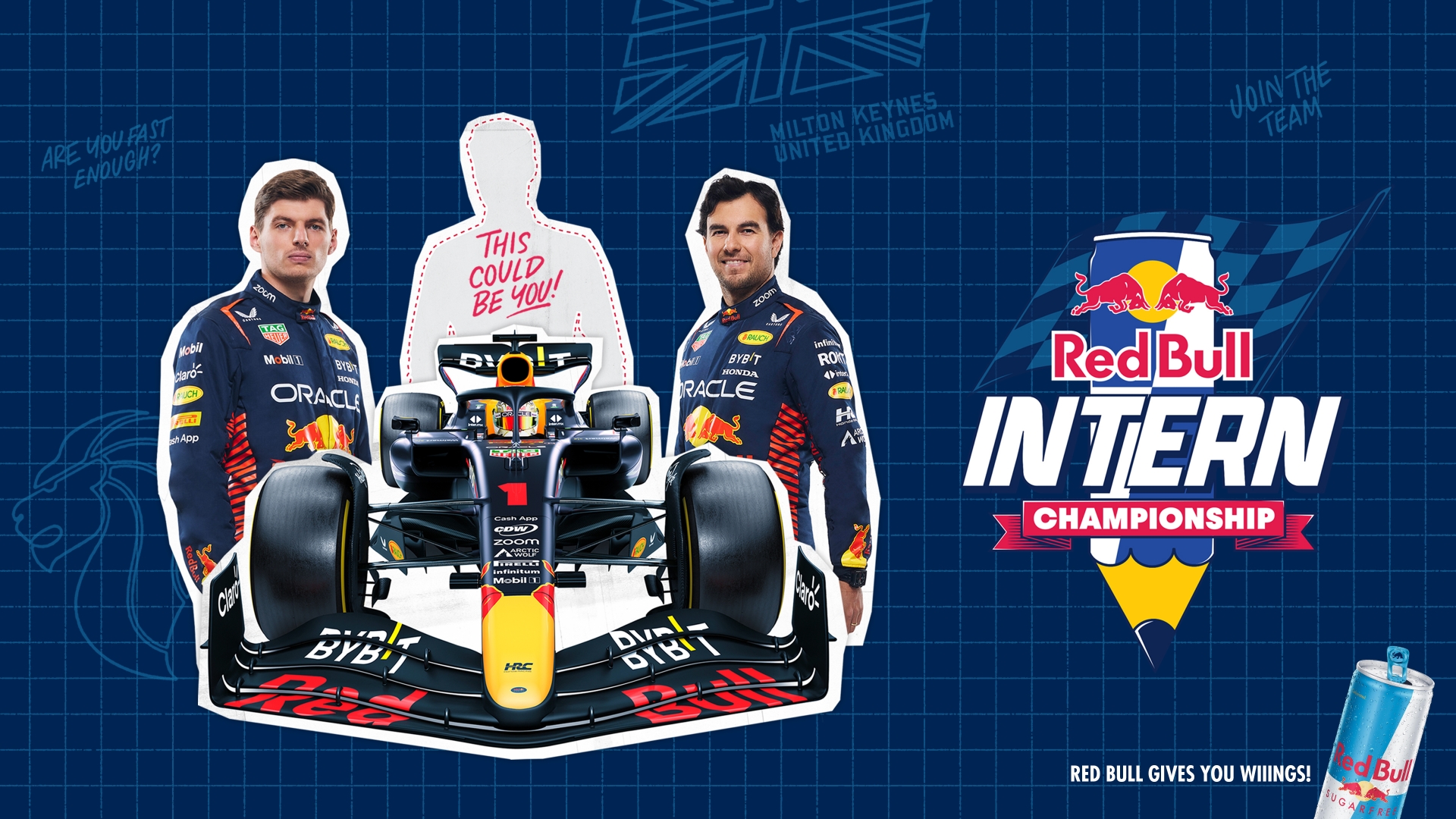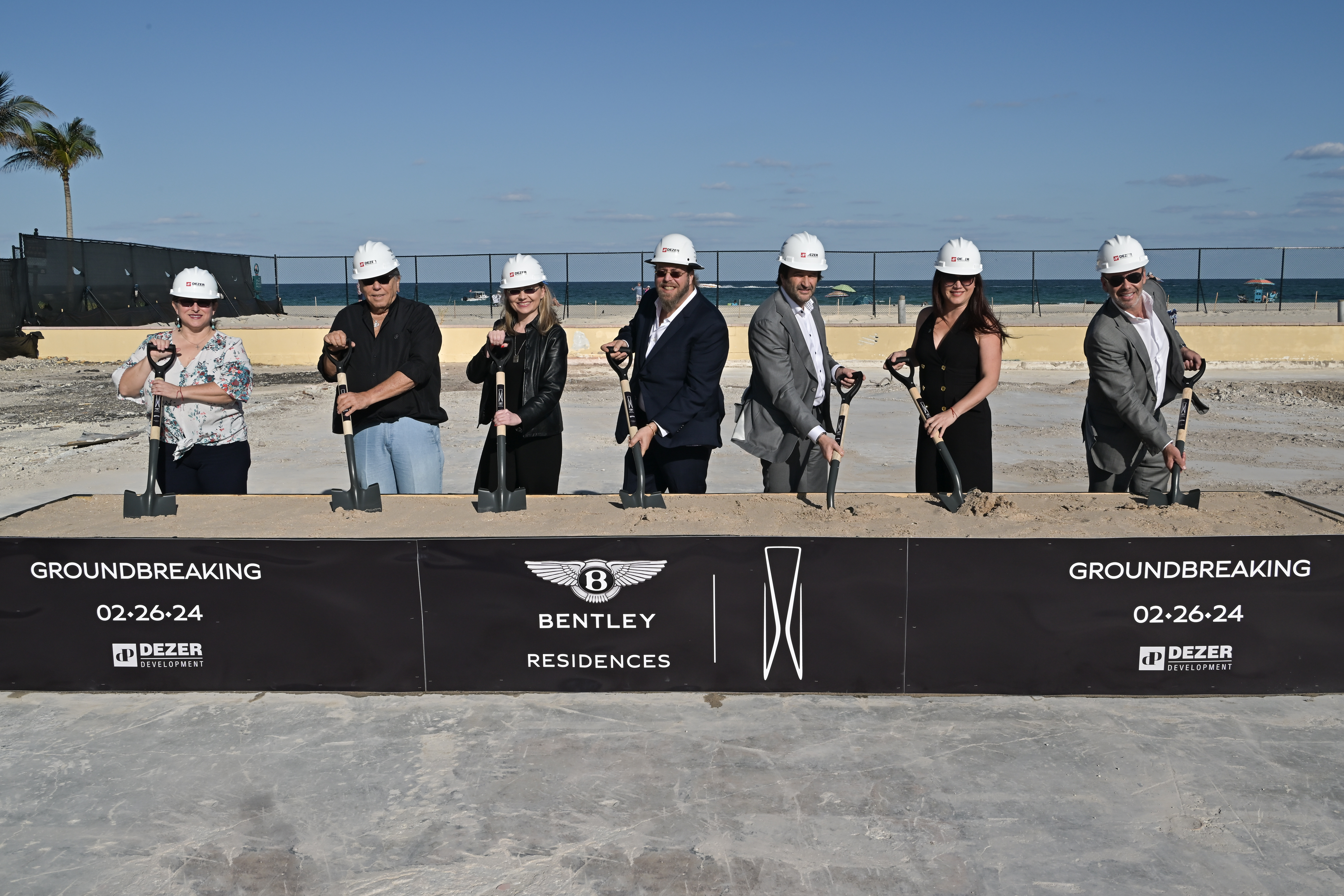
Here is a list of the best racing films to binge on during the Circuit Breaker.
At AutoApp, we love cars. We also love movies. Naturally, nothing combines our passions better than a good car movie. An action-packed car chase is the perfect vehicle (ahem) to inject a jolt of excitement. However, the best racing films are like war movies on wheels. They often also educate the uninitiated on historical motorsport milestones.
That said, having cars or racing as the core of a feature-length film isn’t always successful. This is due in part to some rather cringeworthy duds over the years. Here are three favourites of the AutoApp team that are some of the best examples of this genre.
Beware potential spoilers ahead!
Grand Prix (1966)

The Blurb: Nine races. One champion. James Garner, Yves Montand, Brian Bedford and Antonio Sabato portray Formula One drivers competing to be the best, in this slam-you-into-the-driver’s seat tale of speed, spectacle and intertwined personal lives. Eva Marie Saint and Toshiro Mifune also star. John Frankenheimer directs this winner of three Academy Awards – crafting split-screen images to capture the overlapping drama and orchestrating POV camerawork that puts you in the hot seat to intensify the hard-driving thrills. Nearly 30 top drivers take part in the excitement, so buckle up, movie fans. Race with the best to the head of the pack.
Why we love it: It set the template for just about every car chase scene on film to this day. Where would the Fast & Furious or James Bond movies be like without John Frankenheimer’s ground-breaking vision?
In 1966, Frankenheimer quite literally redefined the way action scenes were filmed with Grand Prix. As keen racing enthusiast, he sought to capture the thrills, danger, and glamour of motor racing as authentically as possible.
This involved going to real locations for starters. He also refused to film cars pottering around, then speeding up the footage. Most importantly, Frankenheimer pioneered the use of cameras affixed to the car itself to bring audiences into the thick of the action, including from the driver’s own POV.
Such action is integral given the film’s premise. It follows four drivers as they battle for the Formula One world championship, while juggling romantic relationships and ghosts of their pasts. The plot itself is a bit melodramatic off-track, but the racing scenes are properly enthralling – which helps to reduce the weariness of its gruelling three-hour run time.
Fun fact: Grand Prix not only features Formula One, but the production actually followed the series across Europe during the 1966 season and filmed on-location during multiple race weekends.
Going further than simply capturing footage of the races from the sidelines as they happened, Grand Prix went so far as to have the camera-equipped replica race cars actually on track during the practice and qualifying sessions, and took over the circuits for the filming of its own scenes during gaps in the schedule. All the crowds you see in the back of shot? Those were the same spectators who were there for the actual racing.
To facilitate all this, over two dozen contemporary race drivers were engaged to help out. They either coached the actors, pilot the race cars for scenes, or drove the Ford GT40 camera car (refer to Ford v Ferrari below). You might recognise such legendary names as Juan Manuel Fangio, Phil Hill, Bruce McLaren, and Jack Brabham to name a few…
To put it in context, could you imagine the likes of Lewis Hamilton, Sebastian Vettel and Daniel Ricciardo doing the same today?
Rush (2013)

The Blurb: From Academy Award-winning director Ron Howard comes Rush, a fast-paced and spectacular re-creation of the merciless and legendary 1970s Formula One rivalry between English playboy James Hunt (Chris Hemsworth) and his Austrian opponent, Niki Lauda (Daniel Brühl). Set against the sexy and glamorous golden age of racing, Rush portrays the exhilarating true story of the charismatic Hunt and the methodically brilliant Lauda, two of the greatest rivals the world of sport has ever witnessed. Taking us into their personal lives and clashes on and off the Grand Prix racetrack, Rush follows the two drivers as they push themselves to the breaking point of physical and psychological endurance, where there is no shortcut to victory and no margin for error.
Why we love it: Because at the time it was the most convincing motorsports movie to appear in a long time. Several had been attempted in the past, but often they were stymied by tired cliches, an unambitious plot off the track, and unconvincing action on the track – usually looking too forced or staged. Rush was one of the exceptions.
Besides, who doesn’t enjoy an epic rivalry? Especially when the two heroes, both at the peak of their careers, are so closely matched despite being polar opposites in terms of character? The film revolves around the 1976 Formula One season, the year James Hunt clinched his sole championship, a championship Niki Lauda lost by only a single point despite suffering his near-deadly crash at the Nurburgring.
The filmmakers ultimately did a brilliant job in telling the story of both men: devoting plenty of time to exploring Hunt’s and Launda’s personalities, the resulting tale balanced and sympathetic in equal measure. Despite the fierce rivalry, there’s a deep undercurrent of mutual respect, and you get a deep appreciation for the psychological fortitude required of a driver to deal with the immense risks of the time and the emotional rollercoaster that comes with each race outing.
Possibly even better than the dedication to historical accuracy, the nuanced scriptwriting, and intense action though, was Daniel Bruhl’s incredibly accurate portrayal of Lauda; his excruciatingly convincing depiction of Lauda’s hospital recovery alone should have been worthy of an Oscar mention at least.
Fun fact: Although the film portrays Hunt’s and Lauda’s rivalry (for the first half of the film at least) as intense and antagonistic, in reality the two had actually been friends for years, having known each other since their days rising up the ranks in Formula Three.
The real Niki Lauda was also heavily involved in the making of the film, giving input and sharing memories with the scriptwriter, and spending lots of time with Daniel Bruhl to help him perfect his mannerisms and Austrian accent (Bruhl is German). Lauda was so impressed with the final product that he has been quoted as saying “When I first saw the movie, I said, ‘Shit! That’s really me!’”
Finally, in a special advance screening for arguably the film’s toughest critics, today’s F1 circus (which included drivers, team bosses, and ex-supremo Bernie Ecclestone), Rush received a standing ovation. What greater approval can there be than that?
Ford v Ferrari (2019)

The Blurb: Based on the remarkable story of visionary American car designer Carroll Shelby (Matt Damon), and the fearless British-born driver Ken Miles (Christian Bale). Together, they battled corporate interference, the laws of physics, and their own personal demons to build a revolutionary race car for Ford Motor Company and take on the dominating race cars of Enzo Ferrari at the 24 Hours of Le Mans in France in 1966.
Why we love it: We’ve saved the best for last, but don’t just take our word for it – Ford v Ferrari won two Oscars (for Film as well as Sound Editing), and was also nominated for Best Picture. Like Rush, Ford v Ferrari tells the story of one of the most intense rivalries in motorsports, but more than that it also celebrates probably the best racing driver you’ve never heard of, Ken Miles, and finally gives him the recognition and credit he so richly deserves.
Premise and tribute to historical figures aside though, the reason why Ford v Ferrari has cemented itself as one of the AutoApp team’s favourite films of all time, is because in addition to the accuracy and attention to detail in telling the story, the film also delves deep into the psyche of a racing driver, providing an insight to non-car lovers into the existentialist reasons behind why we love to race. It’s not just about beating the competition; it’s also about feeling and taming a beast that’s more animal than machine while in search of – as Ken explains to his son in the movie – “the perfect lap”.
Fun fact: The Circuit de la Sarthe of today looks significantly different to what it was during the film’s setting, so the crew had to get creative to portray the legendary race track as it was in the ‘60s. Filming for the climactic Le Mans race scene actually took place at opposite ends of the USA: the start/finish line, grandstands and pit building were built on an airport runway in southern California, while various locations in Georgia depicted the Mulsanne Straight, the Dunlop Bridge, the Esses, and the dozen other corners of the Le Mans circuit. Serious coordination and of course, editing, was required to correctly sync up car positions, dirt and damage, weather conditions, and lighting that are seconds apart on screen, but possibly hundreds of miles apart in real life.






